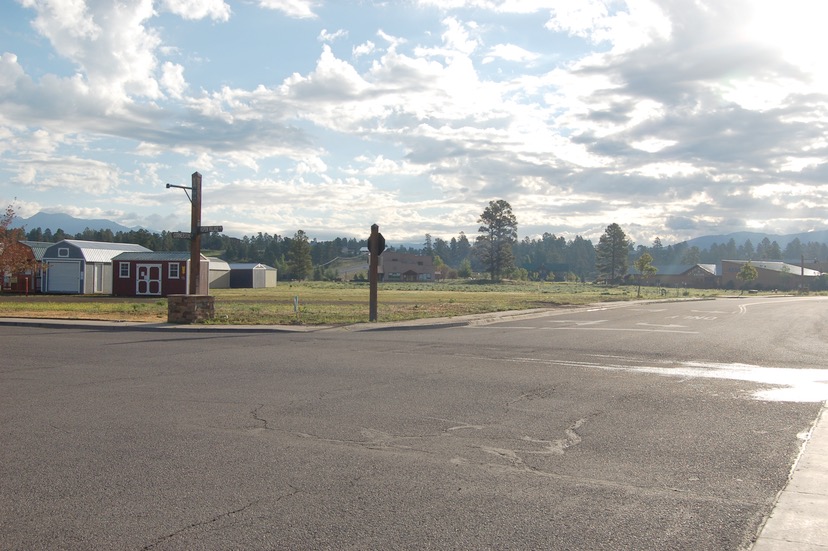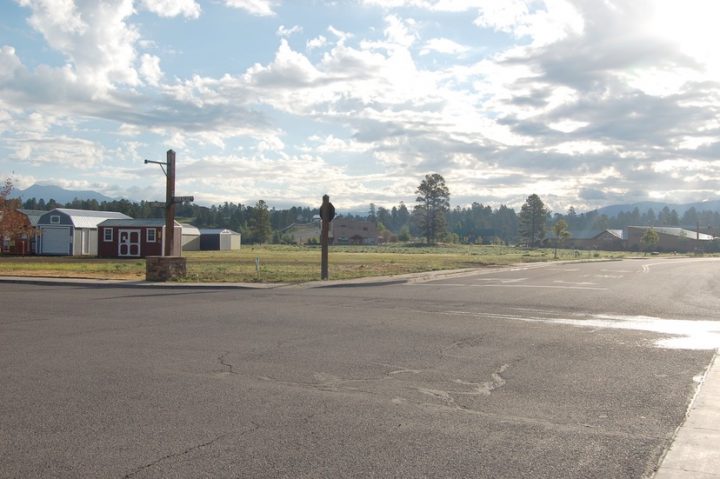Well then what can a poor boy do, ‘cept to sing for a Rock and Roll band
Because in sleepy London Town, there’s just no place for a Street Fighting Man…
—The Rolling Stones, ‘Street Fighting Man’
Yes, we know… change is stressful. We’ve seen way too much of it this year. People have lost jobs that seemed pretty secure a few months ago, for example.
One change that had nothing to do with COVID-19 has been taking place at Town Hall over the past year. Apparently, that change has been stressful as well, for certain people.
Back in July 2019, I attended yet another Town Planning Commission meeting as a community news reporter, and noted that the seven-member commission (five regular members, two alternates) was still operating with only three commissioners, barely enough to justify a ‘quorum’… if everyone showed up.
I’ve attended close to 100 Town Planning Commission meetings over the past 16 years, and in July I was concerned about the ongoing lack of commissioner participation. There are good reasons for a powerful board — particularly a board making decisions about the overall development of our quaint little town — to have wide representation from the community. So I wrote a letter to the Town Planning Department offering my services as a volunteer, to help fill out the commission. I assumed my letter would be presented to the Town Council — the body that makes appointments to the Planning Commission.
That presentation didn’t happen right away. The Planning Commission continued to operate with only three members until the end of October, when Town Planning Director James Dickhoff finally shared my application with the Town Council. In the meantime, the chair of the Planning Commission, Peter Adams, and Mr. Dickhoff had managed to line up three additional applicants for the four vacant seats, and all four of us were appointed by the Council.
During my interview with the Council, questions were raised about my job as editor of the Pagosa Daily Post. I can certainly understand the Council’s concerns. There’s something that seems slightly dangerous about allowing a person who expresses his opinions, publicly and widely, to help make decisions about the future of the town.
It’s been the consistent practice of the Town Council to appoint bankers and developers and hotel owners and engineers and business owners — the kinds of people who derive their income from growth and development, and who have an obvious financial interest in facilitating as much development as possible — to sit on the Town Planning Commission.
But a person who writes? A person who publishes ideas on a website? That could be really dangerous.
During the same interview, I shared my concern that our Town Planning Commission was failing to fulfill parts of its mission. In the Municipal Code, the Town Planning Commission’s responsibilities include:
Develop and recommend to the Town Council new policies, ordinances, administrative procedures, and other means that allow expansion to be accomplished in a coordinated and efficient manner;< ...and... Conduct studies and recommend to the Town Council, any other new plans, goals, and objectives relating to growth, development, and redevelopment of the Town;
In my 16 years of covering the Commission, I had never seen the board make a noticeable effort to fulfill these two responsibilities. What I had seen, instead, were commissioners who mainly rubber stamped projects as presented… or, somewhat less often, tried to impose requirements that did not appear in the Land Use and Development Code (LUDC) and that they had (in my humble opinion) no apparent authority to impose.
I told the Council, during my interview, that one of my main goals was to see the Commission become active in helping the Planning Department and Town Council develop better policies and procedures. I may have neglected to tell the Council that I felt strongly about the Commission following the LUDC when approving or recommending development projects.
As I mentioned in a previous installment, the LUDC is 280 pages long and includes some rules that may have made sense 20 years ago, but perhaps ought to be clarified, updated, or changed. It’s not the job of the Planning Commission to make those changes, however. It’s the job of the Planning Commission to recommend those changes to the Town Council. That difference can be easily overlooked.
Especially, it’s not the job of the Planning Commission to ignore sections of the LUDC, to make things more convenient or profitable for a certain developer.
Which brings us around to a certain developer, and the proposed River Rock Estates subdivision. On May 12, I watched four of my fellow Planning Commission members, during our public hearing on that particular subdivision, ignore Section 1.4.2, Section 6.6.3, Section 7.4.1, Section 7.2.1, Section 7.3.3, Section 7.3.4, and Section 7.3.5 of the LUDC. They apparently didn’t believe those sections were significant? I felt very differently.
Two months earlier, I had met with Town Manager Andrea Phillips and Planning Director James Dickhoff to discuss Section 1.4.2, Section 6.6.3, Section 7.4.1, Section 7.2.1, Section 7.3.3, Section 7.3.4, and Section 7.3.5 of the LUDC… and was promised by Mr. Dickhoff that I would be provided with an opinion by the Town Attorney, about those sections.
I never received the attorney’s opinion. I still haven’t.
Below is a photo taken in the Aspen Village subdivision, which was approved by a previous Town Council in 2006. This particular corner, the corner of Aspen Village Drive and Cornerstone Drive, might soon have a Taco Bell, if the COVID-19 recession hasn’t killed the possibility. (Yes, the developer is aware that we previously had a Taco Bell, a mile to the west, and that the building is still there and is still vacant, but apparently this corner location in Aspen Village suits the developer’s fancy.) The current Planning Commission has endorsed the proposed land use.
As far as I can tell, all of the streets and lots platted in the Aspen Village subdivision were required to meet Section 1.4.2, Section 6.6.3, Section 7.4.1, Section 7.2.1, Section 7.3.3, Section 7.3.4, and Section 7.3.5 of the LUDC. Nice public streets and sidewalks. A walkable, pedestrian-friendly neighborhood that never quite took off. The type of neighborhood the LUDC was written to encourage. The type of neighborhood the LUDC requires.
But for some reason, developer Jack Searle, owner of BWD Construction, cannot find it in his heart to meet those same requirements when he envisions his future ‘River Rock Estates’. He has, according to a letter sent to the Town Council, experienced “an immense amount of aggravation” due to my questions about the aforementioned sections of the LUDC.
For some reason, Town Planning Director James Dickhoff also doesn’t believe those sections apply to Mr. Searle’s new subdivisions. Mr. Dickhoff was successful in convincing four members of the Planning Commission that they could conveniently, and ethically, ignore those sections.
Well then what can a poor boy do?


